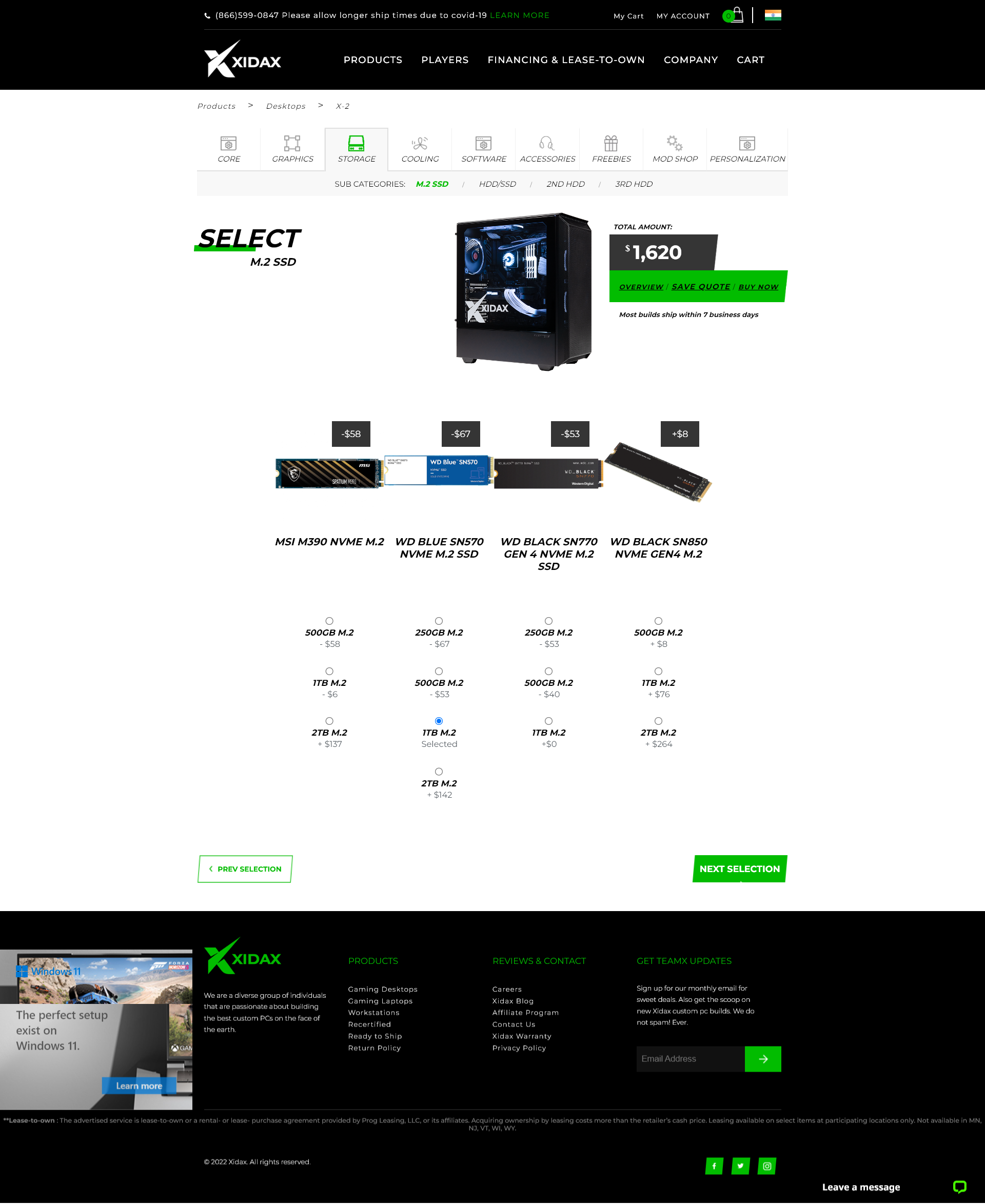Custom ERP Development for a Computer Hardware Service Provider
Enterprise Resource Planning (ERP) systems are the backbone of modern businesses, offering integrated solutions for management, operations, and decision-making. For a computer hardware service provider, a customized ERP solution not only streamlines operations but also caters to the unique demands of the industry. Here’s a deep dive into the development and maintenance of a bespoke ERP software tailored for this purpose.
1. Understanding the Client’s Needs
Before delving into development, a thorough analysis was conducted to understand the service provider’s unique requirements. The complexity of managing hardware components, tracking inventory, scheduling services, handling warranties, and customer service interactions meant that a one-size-fits-all ERP solution would be inadequate.
2. Core Modules of the ERP
Inventory Management: One of the primary challenges for a computer hardware service provider is the intricate management of parts and components. This module allowed for real-time tracking of inventory, alerting when stocks ran low, and ensuring smooth operations.
Service Scheduling: Efficiently managing service appointments, assigning technicians based on expertise and availability, and predicting the duration of each task were integral. This module ensured that customers experienced minimal downtime and that technicians’ workloads were balanced.
Warranty and RMA: Return Merchandise Authorization (RMA) and warranty tracking are pivotal in the hardware service industry. The ERP ensured that warranties were meticulously logged, alerts were generated for nearing expiry dates, and RMAs were processed efficiently.
Customer Relationship Management (CRM): This module enabled the service provider to maintain detailed customer records, track interactions, manage service histories, and offer promotional deals or reminders. It played a significant role in enhancing customer loyalty and satisfaction.
Reporting and Analytics: Leveraging the vast amounts of data, this module provided actionable insights. From sales forecasts to technician performance metrics, the analytics empowered management to make informed decisions.
3. Development Process
Agile Methodology: Given the dynamic nature of requirements and the importance of regular feedback, the Agile approach was adopted. Regular sprints and iterative development ensured that the software evolved in alignment with the service provider’s needs.
User-Centric Design: Given the diverse user base, from technicians to management, the interface was designed to be intuitive, ensuring minimal learning curves.
Integration with Existing Systems: The ERP was built to integrate seamlessly with the company’s existing systems, including billing software, internal communication tools, and third-party vendor platforms.
4. Maintenance and Continuous Improvement
Feedback Loop: Post-deployment, a feedback mechanism was established to gather user experiences, concerns, and suggestions. This feedback was invaluable for iterative improvements.
Regular Updates: As the hardware industry is ever-evolving, the ERP was regularly updated to accommodate new hardware types, service protocols, and technological advancements.
Security Enhancements: Given the sensitive nature of data, continuous security audits were conducted. Patches and updates were rolled out to address vulnerabilities and ensure data integrity.
Training Sessions: As new features were introduced or significant changes made, training sessions were organized for the staff. This ensured that everyone was abreast of the system’s full capabilities and could utilize it effectively.
5. Challenges and Solutions
Data Migration: One significant challenge was migrating existing customer and inventory data from the old system to the new ERP. A combination of automated scripts and manual verification ensured data accuracy and integrity.
Scalability Concerns: As the service provider grew, the ERP needed to handle increased loads. Regular performance optimization, database tuning, and architecture reviews ensured that the system remained robust and responsive.
In conclusion, developing a custom ERP for a computer hardware service provider was a complex yet rewarding endeavor. By tailoring the software to the industry’s unique needs and ensuring continuous improvements, the ERP became a pivotal tool for the service provider’s growth, efficiency, and customer satisfaction. Such bespoke solutions, while demanding in their creation and maintenance, offer unparalleled benefits by aligning closely with business objectives and industry-specific challenges.
